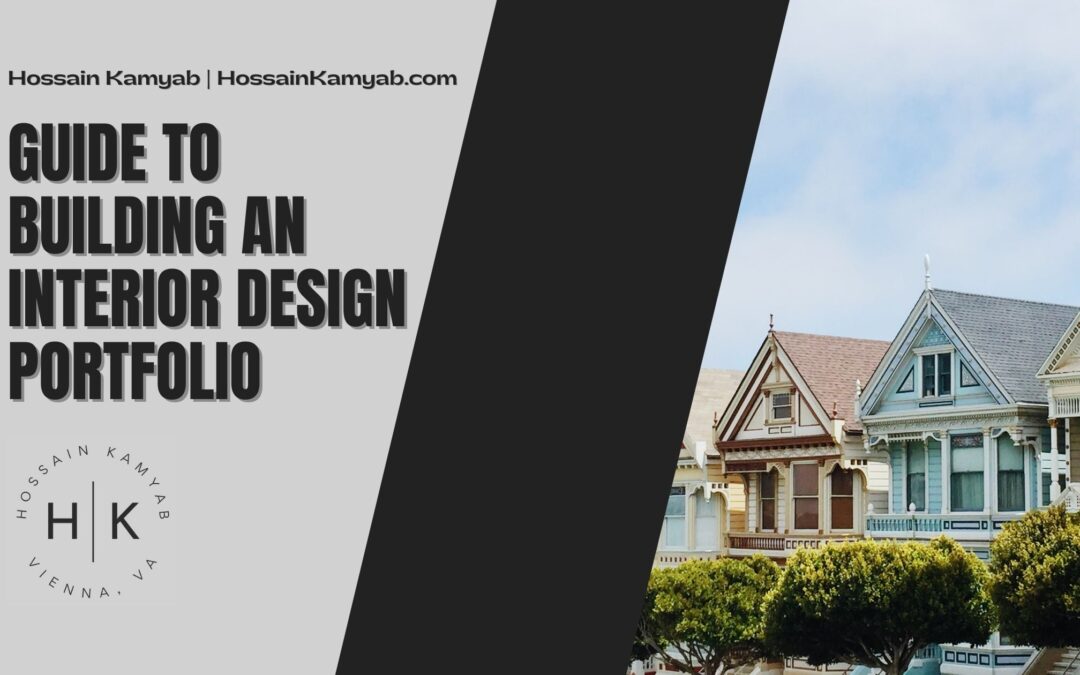An interior design portfolio can help you stand out and show potential clients and employers why you should be hired. It can also provide insight into your expertise and style, which allows them to decide if your approach fits their needs. A well-designed portfolio can help you attract clients and show others what skills and knowledge you have. In this article is a guide for building an interior design portfolio.
Goal of Portfolio
Your professional goal should determine how you approach creating an interior design portfolio. For instance, if you plan on working with a design firm, your portfolio should focus on gaining a position within that organization.
Your approach to portfolio building will also vary depending on the firm you’re working with. For instance, a design firm may be more interested in your creativity and technical skills when selecting a team member. On the other hand, clients might be more interested in seeing photos of finished projects.
Traditional or Digital
Traditional portfolios are usually made up of binders or notebook pages filled with photos, credentials, and professional-looking visuals. Use high-quality paper and pictures to create a more professional look and make the pages more eye-catching.
Nowadays, digital format portfolios have become the preferred choice of interior designers because they are easy to share and more effective at attracting and retaining potential clients. They can also be viewed by employers and clients regardless of where they are located.
Make it Visually Impressive.
Before you start working on a portfolio, you must know your audience. This will prevent you from over-producing technical drawings and layouts that your potential clients might not understand.
Use high-quality photos and 3D views to show off your work. Also, choose carefully composed sketches and hand renderings to highlight your previous projects. You can also show off your various projects in both format and style by including both the commercial and residential projects you’ve worked on.
Introduce Yourself
The resume section of a portfolio is where potential clients and employers can learn about your education, experience, and endorsements from other individuals. A photo of yourself on the cover of a portfolio can build an immediate connection and provide insight into who you are as an interior designer. You should also include relevant information, such as your point of view and philosophy.
Keep it Up to Date
The more content you provide, the more potential clients will return for more. This is why you must regularly update your portfolio so that it showcases the latest projects and work from your career.

